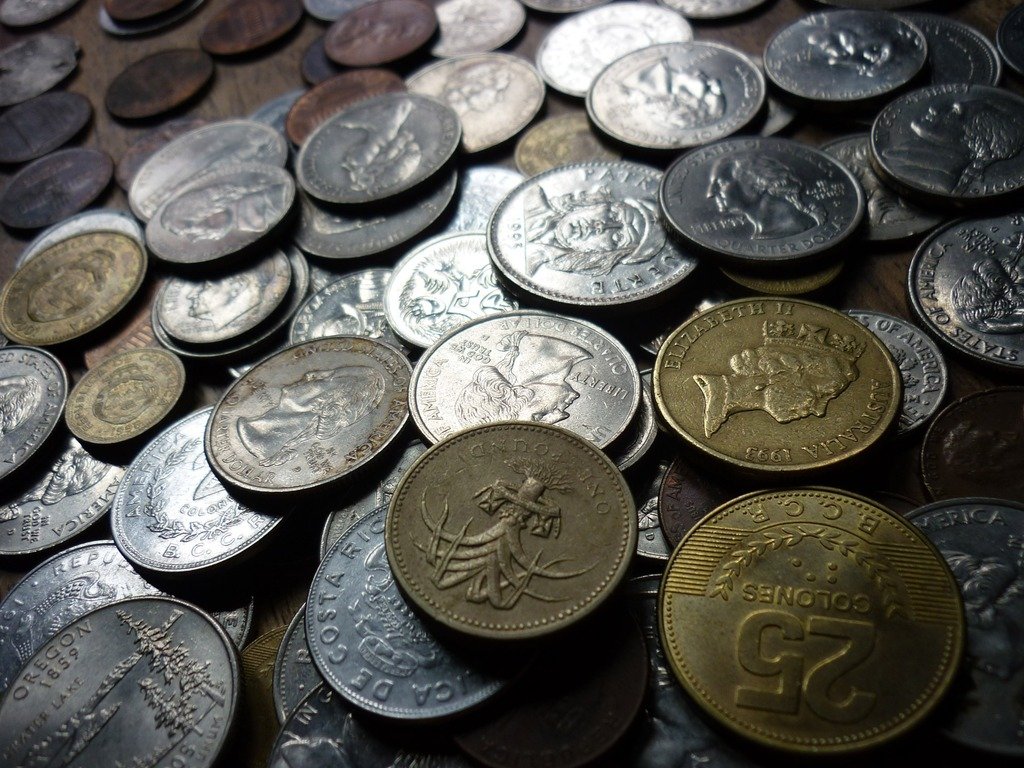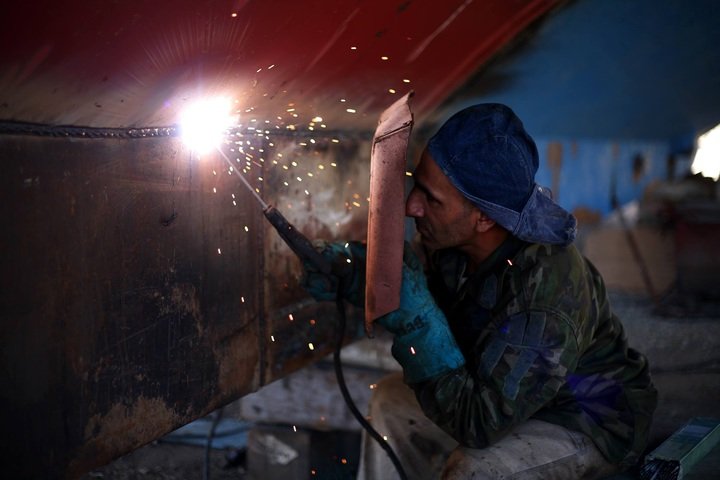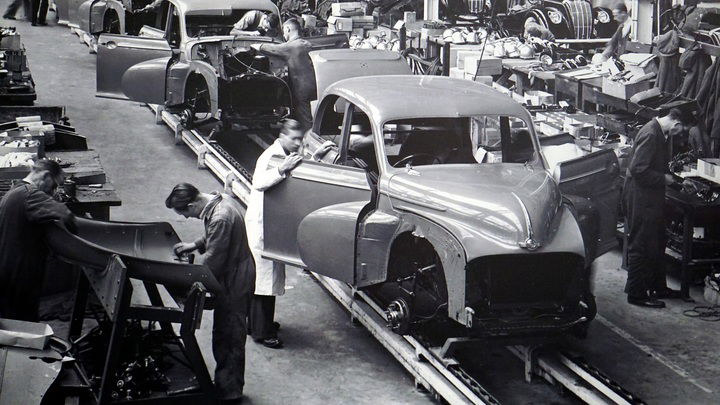Second industrial revolution
Second industrial revolution
The Second Industrial Revolution was a period of important industrial, social and economic changes that arose after the first stage of the Industrial Revolution that began in Great Britain. This was developed between the years 1870 and 1914 , however there are those who frame its beginning from 1850.
The second stage of the Industrial Revolution spread to various countries and led to the emergence of great industrial and economic powers such as Germany, France, the United States and Japan.
These powers applied the new processes of industrialization, production, economic growth, technological and scientific advances, as well as the use of natural energy sources, among others.
It should be noted that there was not as such a division of stages of the Industrial Revolution, however it is emphasized that there was a second moment of accelerated growth in production based on technological and scientific advances.
It was at this stage that the steelmakers emerged, the automotive and transportation industries developed further, and the new oil, chemical, and electrical industries were created.
This led to industrial, market and inter-country competitiveness, generating new economic and market models that are part of the initial globalization process.
Characteristics of the Second Industrial Revolution
 The Second Industrial Revolution ushered in the rise of Capitalism as a new economic and commercial order.
The Second Industrial Revolution ushered in the rise of Capitalism as a new economic and commercial order.
Among the main characteristics of the Second Industrial Revolution, the following can be mentioned:
- As such there was no rupture or division of stages of the Industrial Revolution, however, there is talk of a second part since this industrial, economic and social process expanded rapidly in various countries and led to multiple changes worldwide.
- Scientific studies and research began to be applied in industries.
- Important advances emerged in the automotive and communications area.
- Important scientific advances such as Darwin's Theory and various medical advances were made.
- New energy sources began to be used from electricity, gas and oil derivatives.
- Resources and alloys such as steel, coal or aluminum began to be used.
- Automated machines used in large industries appeared.
- The percentage of unemployment increased.
- Serial production was applied as a work system.
- They arose from new economic models.
- Market expansion.
- New economic and industrial powers emerged that vied for the greatest control of markets, for example, Germany, the United States and Japan.
Causes and consequences of the Second Industrial Revolution
The main causes and consequences of the Second Industrial Revolution are outlined below.
Causes of the Second Industrial Revolution
 The working class was largely made up of peasants who came to large cities in search of a better quality of life, however they lived in precarious conditions due to the low wages they received.
The working class was largely made up of peasants who came to large cities in search of a better quality of life, however they lived in precarious conditions due to the low wages they received.
The causes of this second stage of the Industrial Revolution derive from the continuous technological and scientific development initiated in the first stage of this revolution.
Population growth
During this stage, the world population began to grow rapidly, and it was also accompanied by a decreasing mortality rate due to the control of epidemics and various diseases.
Agrarian revolution
Although agricultural production increased, many peasants moved to large cities in search of better jobs and quality of life, which led to higher unemployment and the reorganization of cities.
Industry
As new sources of energy and its utility, such as oil, gas and electricity, were discovered, new types of industries also emerged. Even the chemical industry was developed for alloys that allowed the use of aluminum, steel, nickel, among others.
Economy
Industrial development was rapid and generated new work, economic and market models in order to obtain greater wealth and commercial control.
However, this situation caused the creation of monopolies, the discontent of the workers, the concept of capitalism took force and, consequently, various social and labor struggles began.
Consolidation of the bourgeois class
During this time the bourgeois class was growing and largely supported the creation of new economic and political laws and regulations to encourage industrial production.
Consequences of the Second Industrial Revolution
 In the Second Industrial Revolution, the mass production process was developed, which made it possible to produce more quickly and economically.
In the Second Industrial Revolution, the mass production process was developed, which made it possible to produce more quickly and economically.
The consequences of this industrial process were both positive and negative and had an impact on the lives of citizens in general, the most important are presented below.
Of social order
There was an important demographic growth, the peasants moved to the big cities and the cities grew, especially those where there was a greater possibility of finding work, hence the talk of a social exodus.
Consequently, the working class or proletariat emerged, which led to the creation of trade union organizations that began social struggles in the search for a better labor and social improvement of the employees. By then, there were marked differences between social classes.
On the other hand, women began to carry out work outside the home and to demand equal rights with men.
Of an economic order
A new industrial order was established that implemented serial production, hence the industrial processes were faster and at a lower cost than the labor force, therefore leading to the dismissal of a large number of employees. Serial production generated increased economic profits.
Thus was born capitalism, an economic system that allowed the creation of new companies, fostered commercial competition, established new commercial codes, displaced artisanal production and led to the accumulation of great wealth.
Of a political order
A new political order was established to create laws based on the new industrialized systems, commercial mechanisms, the new social order and the rights of workers.
In this sense, the bourgeois class dominated a good part of political activity and had to face the discontent of the working class that lived in conditions of poverty. The first socialist ideals that proclaimed improvements in work and living conditions also appeared.
Inventions and advances of the Second Industrial Revolution
 One of the most prominent inventions during the Second Industrial Revolution was the telephone, which facilitated communication between people.
One of the most prominent inventions during the Second Industrial Revolution was the telephone, which facilitated communication between people.
During the Second Industrial Revolution, important social, political, economic, scientific and technological research was carried out in order to improve people's lives.
Energy sources
Through various scientific investigations, new sources of energy were found that led to significant development in various areas. That is how gas, oil and electricity began to be used.
In the area of electricity, the inventors Nikola Tesla and Thomas Alva Edison stand out, the latter created the electric light bulb. Likewise, with the discovery of oil and its derivatives, combustion engines were created, among the researchers the German engineer Rudolf Diesel stood out.
Technological advances and inventions
Technological advancements included new transportation systems such as the airplane created by the Wright brothers (used in World War I), the automobile, the electric railroad, and boiler-powered ships.
Regarding communication, the creation of the telegraph by Samuel Morse, the telephone by Alexander Graham Bell, the cinematography developed by the Lumiere brothers (images without sound were transmitted), and the radio stand out.
Scientific advances and inventions
In the scientific area there were also important advances, among which the Theory of Evolution by Charles Darwin, the pasteurization and food preservation processes of Luis Pasteur, and the discovery of tuberculosis by Robert Cosme stand out.
Also, scientists discovered how to make use of certain metals such as aluminum, zinc or copper, as well as various chemical materials used in large industries to make fertilizers, including explosives..
- Update date: March 7, 2021.